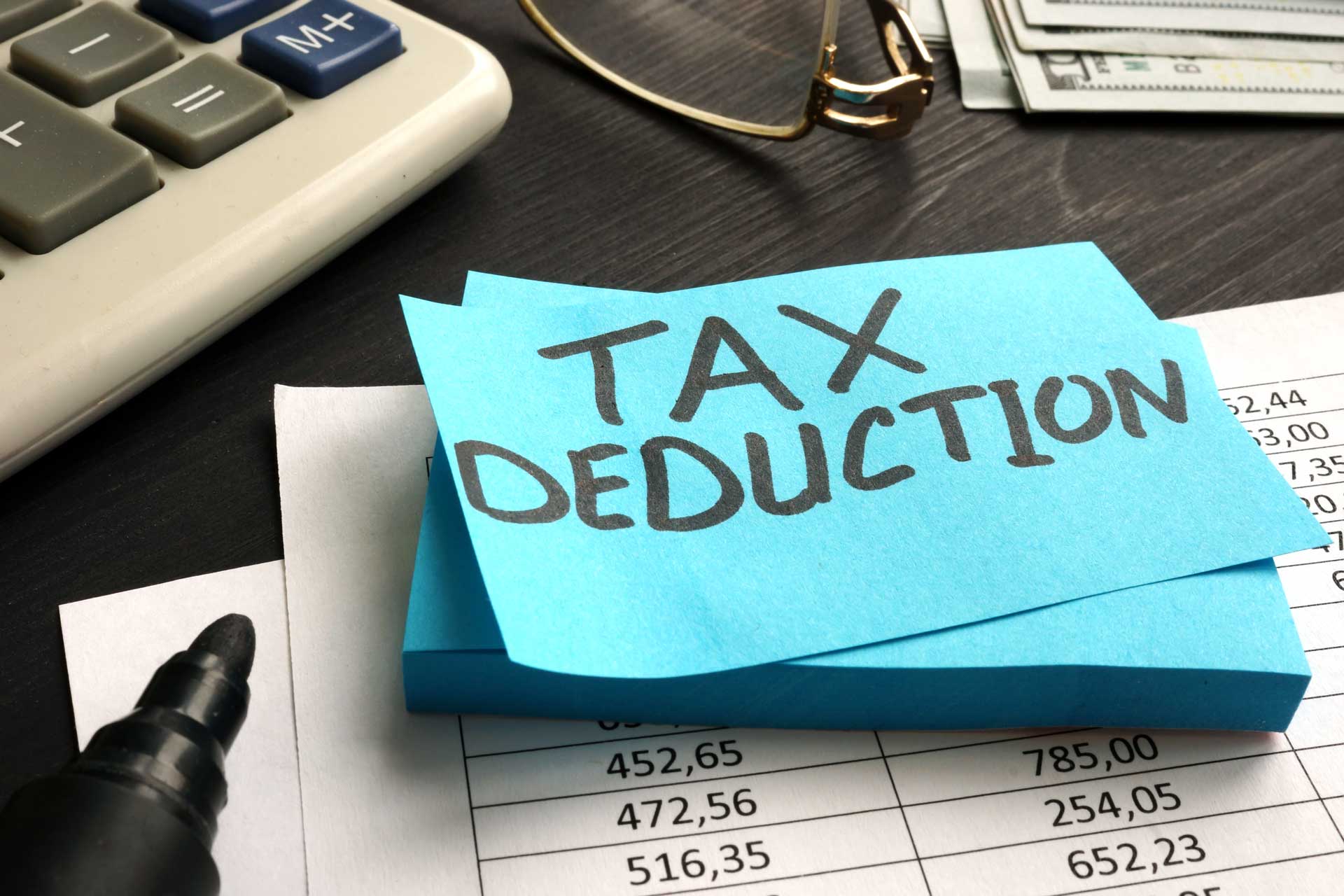
Last updated on February 2nd, 2023
If you are looking to take a 179D Deduction as the official designer of a government-owned property or a commercial property owner, take note! Recently, the IRS Large Business and International (LB&I) Division released an updated its training with guidelines for IRS staff to perform examinations for 179D deductions. While this serves as a job aid for IRS staff, it also provides important insights to architects, engineers, and contractors looking to take advantage of 179D deductions.
179D tax deductions took effect in January of 2006 and became permanent as part of the Consolidated Appropriations Act of 2021 (signed into law December 27, 2020). Basically, 179D deductions enable eligible building owners to claim a tax deduction for installing qualifying systems that reduce energy and power costs by 50% or more. Qualifying systems include interior lighting; building envelope; heating, cooling, ventilation, or hot water systems.
This year, the deduction can equal up to $1.88 a square foot. So, if the qualified building is 100,000 square feet, that could mean up to a $188,000 tax deduction for the work completed.
Commercial building owners and designers of government-owned buildings are eligible for 179D tax deductions; however, the updated IRS training places more emphasis on what to watch for during government-owned building examinations.
Since government buildings are non-taxable, government building owners can allocate 179D tax deductions to the building designer, namely the person who created the technical specifications for a new building or an energy-efficient commercial building property addition. This may include an architect, engineer, contractor, environmental consultant, or energy services provider; it does not include a person who installs, repairs, or maintains a system. However, it is the IRS examination – not the building owner – that determines whether a taxpayer meets the definition of designer.
An allocation letter from a government building owner alone is not enough to establish a taxpayer as a designer eligible for the 179D deduction. Examiners determine eligibility by reviewing who contracts designate as responsible for design. To establish designer status, a designer must provide the contract along with technical specifications, stamped or sealed drawings, and any other relevant documentation.
Government building owners that do provide an allocation letter may be interviewed by agents to ensure they have the authority to make the allocation. Also, to claim the deduction, certification by properly licensed individuals is required.
IRS examiners are encouraged to determine the Designer of Record by reviewing stamped or sealed drawings; however, this excludes shop drawings used to make sure a building conforms to an architect’s or engineer’s design requirements. Technical specifications created by the architects and engineers take precedence over shop drawings, increasing the likelihood that architects and engineers will qualify as project designer(s). While not explicitly addressed in the IRS training, it seems likely that contractors engaged to provide both design and construction services can also meet designer status requirements.
In addition to these efforts to clarify who is considered an eligible designer, the IRS training emphasizes tax-exempt and non-profit organizations cannot allocate 179D deductions to designers. For example, a state university that places some buildings under a private foundation cannot allocate 179D deductions.
The examination’s final step focuses on whether penalties for taxpayers are warranted based on adjustments. If an adjustment results in underpayment or an excessive refund or credit, agents will consider accuracy-related penalties (i.e., for negligence or substantial underpayment or an erroneous claim for refund).
For 2023, the Inflation Reduction Act significantly increases certain reimbursements and enhances flexibility to take advantage of 179D deductions. Watch for more information in the weeks ahead. In the meantime, if you need help understanding, securing, and certifying 179D deductions, RBT CPAs – a leading accounting firm in the Hudson Valley and beyond – can help. Visit rbtcpas.com or contact the office closest to you:
- Hudson 518-828-4616
- Lake Katrine 845-336-7183
- Newburgh 845-205-7482; 845-567-9228
- Poughkeepsie 845-262-4338; 845-485-5547
- Wurtsboro 845-260-6138; 845-888-2789
(Source: Aberin, CJ. “IRS updates guidance on tax deductions for energy efficient buildings.” AccountingToday, July 15, 2022, https://www.accountingtoday.com/opinion/irs-updates-guidance-on-179d-tax-deduction-for-energy-efficient-commercial-buildings.)
